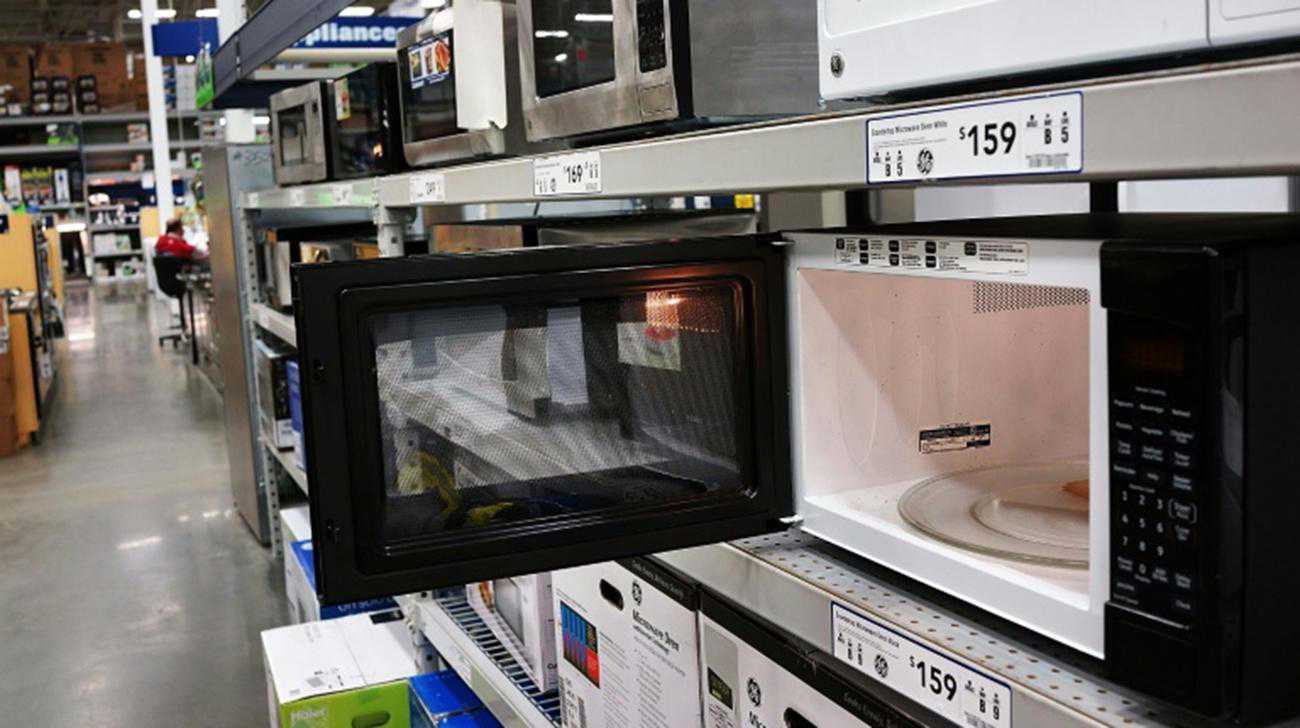Study: Microwave ovens are cooking the environment
31 January, 2018

Small electrical appliances such as microwave ovens, kettles and hair dryers harm the environment in a dozen different ways, and consumers can do far more to reduce the impacts, researchers said this month.
In the European Union, the electricity used by 130 million microwaves puts 7.7 million tonnes of carbon dioxide into the atmosphere each year, equivalent to the annual emissions of nearly eight million cars, they reported in the journal Science of the Total Environment.
“Electricity consumption has the biggest impact,” said lead author Alejandro Gallego-Schmid, a research associate at the University of Manchester.
“This is because of the fuels used to generate the electricity.”
Add 150 million vacuum cleaners, 144 million kettles and more than 100 million hair dryers in Europe alone, and the carbon footprint becomes significant.
Clearly, banishing fossil fuels from the energy mix would slash emissions ascribed to small household appliances.
But that isn’t going to happen overnight: coal and gas still account for more than 40 percent of electricity generation in the EU. For the rest of the world, that figure is about 70 percent.
Until that changes, there are other ways to limit the environmental damage caused by the energy-hungry devices that have become part of everyday life, Gallego-Schmid said.
To start with, consumers can be less wasteful.
“On average, kettles boil 50 percent more water than people need,” he told AFP.
“There are about 144 million kettles in the European Union. The environmental impacts — and the margin for improvement — is huge.”
Likewise, most people operate microwaves longer than needed to heat or cook food, he added.
TAG(s):
